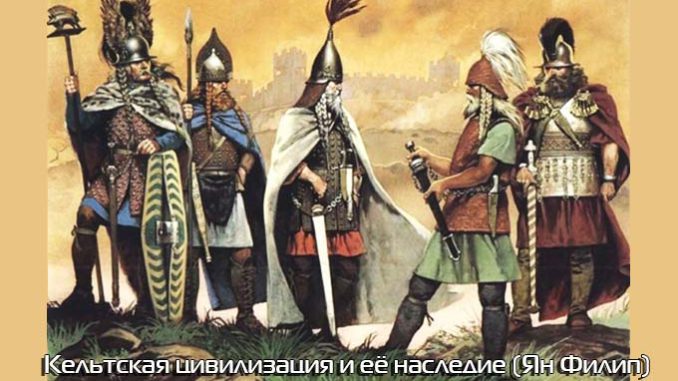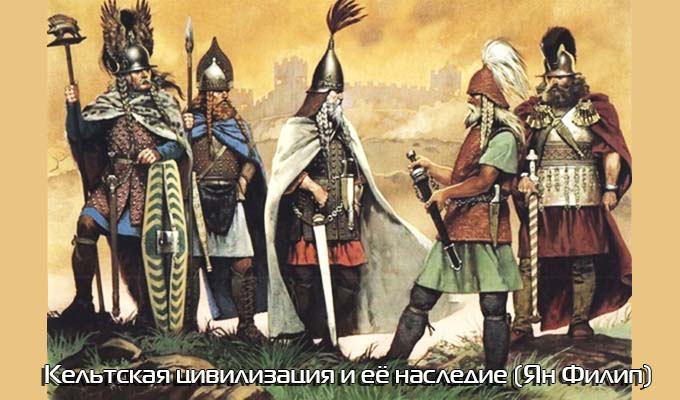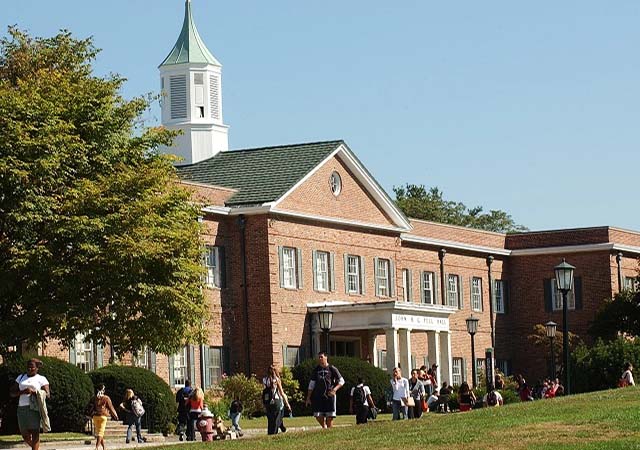
Celtic art in the British Isles had a very peculiar character, its development was peculiar. It flourished splendidly at a time when it had already passed its peak on the continent, where it gradually took the form of mass production of medium quality. The early phase of island art can be traced back to the middle of the 3rd century, when certain groups of Celtic warriors from somewhere in the Champagne and the Rhine middle reaches conquered some of the English regions, where the Galstatt periphery culture dominated until then. Only these armed groups brought mature Latvian art with Waldalheim-style elements. Some swords and sheaths speak of contact with the continent, which is fully in keeping with the time. It cannot be said, however, that later artworks of the latin style were brought from the continent to Britain regularly and in large quantities. English museums are now proud of the outstanding works of Celtic art, the majority of which are locally produced. In Britain, it seems that local workshops soon appeared, where domestic craftsmen combined technical excellence with original perception of samples, giving them their content and reaching unprecedented subtlety. This is why we speak of the island art of Latvia as a special branch of Celtic art, distinguishing between separate local styles and schools (workshops). Piggott called the older phase of this island art the Torrs-Wandsworth style. Excavations at the Torrs in southwest Scotland became famous for the bronze horse helmet and the bronze shackle of a pair of horns Fig. 35 Ontsmon” (Aix-en-Provence), southern France. Pillar with 12 reliefs of heads in a Celtic-Ligurian sanctuary (“hall of heads”). The length of the stone as a whole is 160 cm, width 34-38 cm, height of heads 15-17 cm and 23-25 cm for drinking, previously wrongly reconstructed with a helmet as a whole. This island style combines free plastic ornament with a linear engraved pattern. It uses palmettes, spirals, lyrical motifs and curls that ended in the late period with stylized and highly schematic bird heads. The early style is concentrated mainly in the south-eastern part of England; much later it penetrated Ireland only in the late 2nd century. Many finds have been made in rivers or peat bogs and marshes, so it is often thought to be a votive gift. Among these finds the first place is occupied by military units and parts of the assembly or wagons. However, much of the finds are of late nature, including the oval umbon from the Thames in Windsworth (London). Celtic island art reached a high level in the last century and, according to Fox, there were at least six art and craft schools at the time. The famous helmet with horns from the British Museum (the picture found in the Thames at Waterloo Bridge is a work of the Thames School of the second half of the last century and belongs to the most remarkable Celtic products in Britain; it is decorated with fine relief combined with enamel inserts, and reminds us of some earlier works, such as a shield from Wandsworth.
Conversely, the so often depicted shield from Buttersy, also from the River Thames, with embossed ornaments and inserts of red enamel, a little older, is executed in strict symmetry in all details, right with formalistic pedantry. Among the striking findings of recent years, we should mention a group of five treasures of gold jewellery and coins found between 1948 and 1950 in Snettisham (Norfolk) in eastern England. In treasure E there was a torquet made of gold alloy (58% gold, 38% silver, weight 1085g, fig.34) and coins of Gallic atrebats. The torquet with ring-shaped ends is an outstanding work of the East Central school also of the second half of the last century. In Britain it is essentially the first large group of finds of gold neck hryvnias together with coins. Beautiful sword sheaths decorated all over the front (Bugthorpe in Yorkshire, Lisnacroger in Ireland) are also mostly from the last century. The development of Celtic art in Britain in the last century BC was influenced by several new factors. Around 75 BC, Belg tribes invaded south-eastern Britain. Apparently, the chiefs of the Belgos brought with them outstanding masters from northeastern Gaul, as many fine works are in the area captured by the Belgos, and sometimes right in their graves. The entry of the Belgues into Britain is associated with a more realistic execution of animal motifs and the flowering of enamel works. On the bronze strips of wooden buckets we see not only animals, but also human masks and heads (Islesford, Marlbora). At the same time, metal mirrors with rich engraving have become fashionable, so we can talk about a special style of mirrors. Emerging elements of Roman influence date back to the time of Caesar’s two campaigns to Britain in 55-54, but in general the island area of the Celtic world remained for a century beyond the direct Roman pressure. Therefore, at the turn of the two eras, when continental Celtic art visibly impoverished or declined, island Celtic art continued to bloom without any hindrance until the middle of the 1st century A.D., and in the north even longer, at least until the eighties of this century.




Leave a Reply